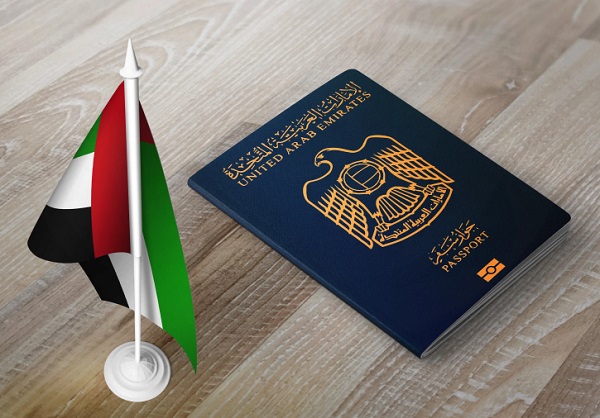Collecting rare Indian vinyl records is more than a hobby—it’s a passion that connects music lovers to the soul of India’s cultural and cinematic history. From the haunting melodies of Lata Mangeshkar to the electrifying compositions of R.D. Burman, rare Indian vinyl records offer a window into a golden era of musical brilliance. For both seasoned collectors and newcomers, the Indian vinyl landscape is filled with hidden gems, legendary pressings, and priceless nostalgia.
This guide will walk you through everything you need to know about collecting rare Indian vinyl records—what makes them valuable, how to identify authentic pressings, where to find them, and tips to build and protect your collection.
What Makes an Indian Vinyl Record Rare
Not all old records are rare or valuable. Several factors influence the rarity and worth of an Indian vinyl record:
- Original Pressing: First pressings of iconic albums are often more valuable than later reissues. For example, an original 1960 pressing of Mughal-E-Azam or a 1975 pressing of Sholay commands higher prices due to its historical significance.
- Limited Production: Some records were produced in very small quantities, either due to low demand at the time or as regional releases. These become highly collectible over time.
- Condition: A vinyl record’s condition is critical. Grading terms like Mint (M), Near Mint (NM), Very Good (VG), and Good (G) are used to describe both the vinyl and the sleeve. A rare record in excellent condition can be worth several times more than one with scratches or worn artwork.
- Cover Art Variations: Alternate cover designs or printing errors can make a record unique. Collectors often seek these unusual variants.
- Autographs or Special Editions: Records signed by artists, composers, or lyricists—or special editions released during film premieres—can significantly boost a vinyl’s value.
Most Sought-After Indian Vinyl Records
Some records are universally recognized as high-value collectibles in the Indian vinyl community. These include:
- Mughal-E-Azam (1960) – Naushad’s epic soundtrack with elaborate gatefold artwork
- Guide (1965) – A classic S.D. Burman album loved for its lyrical beauty and soulful tunes
- Pakeezah (1972) – Featuring Lata Mangeshkar’s unforgettable ghazals
- Sholay (1975) – R.D. Burman’s cult soundtrack, especially rare in mint condition
- Anamika (1973), Caravan (1971), Teesri Manzil (1966) – Known for their energetic compositions and stylish covers
- Private pressings of regional music, classical concerts, or devotional bhajans also hold unique value depending on rarity and condition
Where to Find Rare Indian Vinyl Records
Finding rare records requires time, patience, and research. Here are the most reliable sources:
- Local Record Shops: Old music stores in cities like Mumbai, Kolkata, Chennai, and Delhi may still stock vintage Bollywood vinyl. Some even specialize in rare records.
- Flea Markets and Estate Sales: Markets like Mumbai’s Chor Bazaar or Delhi’s Daryaganj often have hidden gems. Estate sales and old household clear-outs can be treasure troves if timed right.
- Online Marketplaces: Platforms like Discogs, eBay, and Indian-specific sellers on Instagram or Facebook groups offer wide selections. Be sure to check the seller’s reviews, ask for clear images, and confirm condition grades before buying.
- Record Fairs and Vinyl Events: These gatherings bring together collectors, dealers, and music fans. They are ideal for discovering rare finds and networking with other collectors.
How to Authenticate and Evaluate a Record
Before investing in a rare record, check the following:
- Catalog Number and Label: Look for original catalog numbers, label logos (HMV, Odeon, Polydor, etc.), and pressing details etched into the runout groove.
- Weight and Feel: Older vinyl is typically heavier and more solid. Lightweight, flimsy vinyl may be a recent reissue or counterfeit.
- Artwork and Fonts: Compare with verified images of original pressings. Faded colors, pixelated fonts, or spelling errors are red flags.
If you’re unsure, consult online databases like Discogs or speak to knowledgeable collectors who can help verify authenticity.
Tips for Maintaining Your Collection
Preservation is essential for retaining value and sound quality:
- Storage: Store records vertically in a cool, dry place away from direct sunlight. Avoid stacking them horizontally to prevent warping.
- Cleaning: Use a soft carbon fiber brush to remove dust before and after each play. For deeper cleaning, invest in a vinyl cleaning kit or professional machine.
- Handling: Always hold records by the edges to avoid fingerprints and oil transfer.
- Sleeve Protection: Use inner sleeves for the record and outer plastic sleeves for the cover to prevent wear and tear.
Conclusion
Collecting rare Indian vinyl records is a journey through India’s rich musical past. Each record you own tells a story—from the voices it carries to the hands it passed through. As demand for vinyl resurges and more collectors join the movement, now is a great time to start or grow your own collection.
Whether you’re chasing the haunting beauty of Pakeezah, the bold energy of Sholay, or the poetic charm of Kabhi Kabhie, every rare record you add brings you closer to the timeless soul of Indian music.


